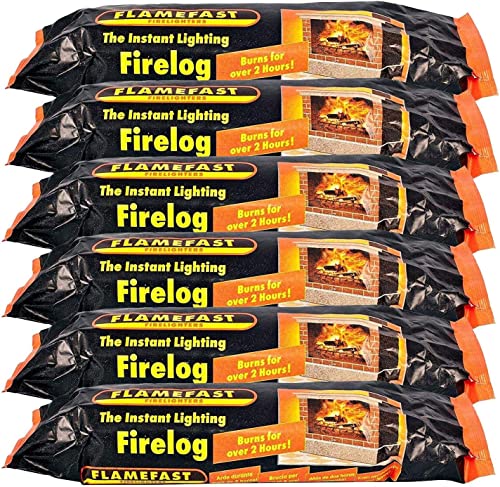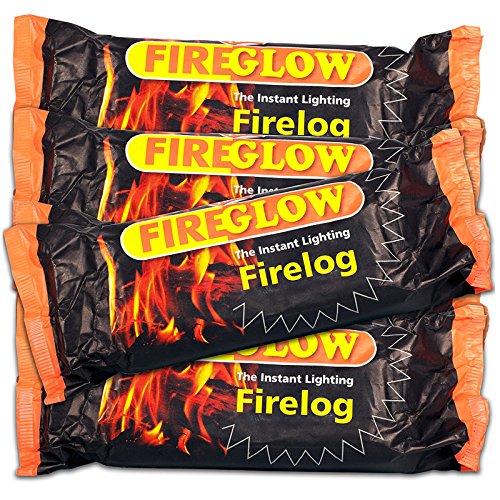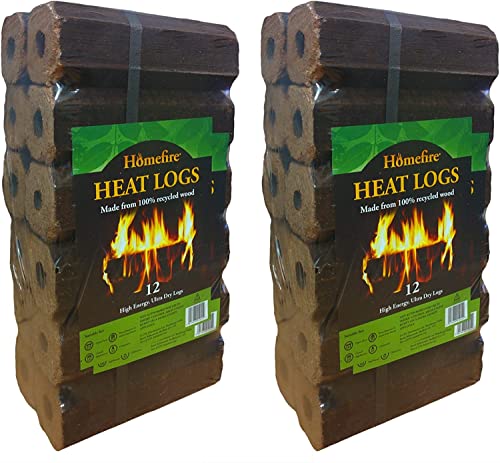When it comes to heating homes, many individuals still appreciate the traditional wood burner or fireplace. With an increasing focus on sustainability and a desire for environmentally friendly heating methods, kiln dried logs are becoming a popular choice for these applications. This guide delves into the benefits, selection, and usage of kiln dried logs, along with frequently asked questions that will assist wood-burning enthusiasts in making informed decisions.
What are Kiln Dried Logs?
Kiln dried logs are pieces of wood that have been dried in a controlled environment using a kiln. This process removes moisture from the logs effectively, resulting in wood with a moisture content of about 20% or less. Lower moisture content means the wood burns more efficiently, providing more heat and less smoke.
Benefits of Using Kiln Dried Logs
-
Higher Efficiency: Due to their lower moisture content, kiln dried logs produce more heat compared to seasoned logs, which may contain higher moisture levels.
-
Reduced Smoke Emission: A cleaner burn means less smoke released into the atmosphere, resulting in fewer pollutants, which is better for air quality.
-
Convenient to Light: Kiln dried logs ignite easily, making for a hassle-free lighting experience.
-
Consistent Quality: The kiln drying process ensures uniformity in moisture content and size, leading to a more predictable burn.
-
Less Creosote Buildup: With lower emissions of harmful gases, there's a reduced risk of creosote buildup in chimneys, which can pose fire hazards.
Table: Comparison between Kiln Dried Logs and Seasoned Logs
| Feature | Kiln Dried Logs | Seasoned Logs |
|---|---|---|
| Moisture Content | Approximately 20% | 20% - 50% or higher |
| Burning Time | Longer-lasting fire | Shorter burning duration |
| Ease of Ignition | Very easy to ignite | Can be more difficult |
| Environmental Impact | Lower emissions | Higher emissions |
| Cost | Usually more expensive | Generally cheaper |
| Storage | Requires less space, dry | Requires more space, dry |
How to Choose Kiln Dried Logs
Choosing the right kiln dried logs is essential for maximizing their benefits. Here are some factors to consider:
-
Type of Wood: Different types of wood have varying burn characteristics.
- Hardwoods (e.g., oak, ash, beech) burn longer and produce more heat.
- Softwoods (e.g., pine, spruce) ignite easily and burn quickly.
-
Size of Logs: Ensure that the logs fit comfortably in your wood burner or fireplace. Standard log lengths typically range from 25 cm to 40 cm.
-
Packaging: Some suppliers offer logs in bulk, while others might sell them in bags. Check for moisture content readings and certification.
-
Supplier Reputation: Always purchase from reputable suppliers who provide kiln dried logs that meet industry standards for quality and moisture content.
Best Practices for Storing Kiln Dried Logs
Once you purchase your kiln dried logs, proper storage is crucial for maintaining their quality. Here are some storage tips:
- Choose Dry Location: Store logs in a dry, well-ventilated area sheltered from rain and snow.
- Stack Properly: Stack logs off the ground and leave spaces between them to allow airflow.
- Cover: Use a tarp or cover to protect the top of the stack but leave the sides exposed for ventilation.
- Avoid Direct Contact with Soil: Raise logs off the ground to reduce the risk of moisture absorption and insect infestation.
Frequently Asked Questions (FAQs)
1. How long do kiln dried logs last?Kiln dried logs can last for several years if stored properly in a dry and ventilated area. However, it is advisable to use them within a season for optimal results.
2. Are kiln dried logs more expensive than seasoned logs?Yes, kiln dried logs generally carry a higher price due to the controlled drying process involved. However, the efficiency and performance benefits can offset the initial cost.
3. Can I mix kiln dried logs with seasoned logs?Yes, you can mix kiln dried logs with seasoned logs in your wood burner. However, it is advisable to bulk burn kiln dried logs for maximum efficiency and performance.
4. How do I light kiln dried logs effectively?Use natural fire starters or newspaper rolled up to create a nest under the logs. Arrange the logs in a well-ventilated manner to ensure airflow, enabling the fire to catch easily.
5. Are kiln dried logs environmentally friendly?Kiln dried logs tend to be more environmentally friendly due to their lower emissions and efficient burning compared to logs with high moisture content. Choosing sustainably sourced logs also contributes positively to the environment.
Kiln dried logs provide an excellent heating alternative for wood burners and fireplaces, combining efficiency with environmental benefits. By understanding the features of kiln dried logs, proper choices can be made for heating needs. With the right storage techniques and fire-building skills, users can enjoy the warmth and ambiance of a wood-burning experience while contributing positively to fuel conservation and reduced emissions. In a world leaning more towards sustainable practices, kiln dried logs are a wise addition to any wood-burning repertoire.






